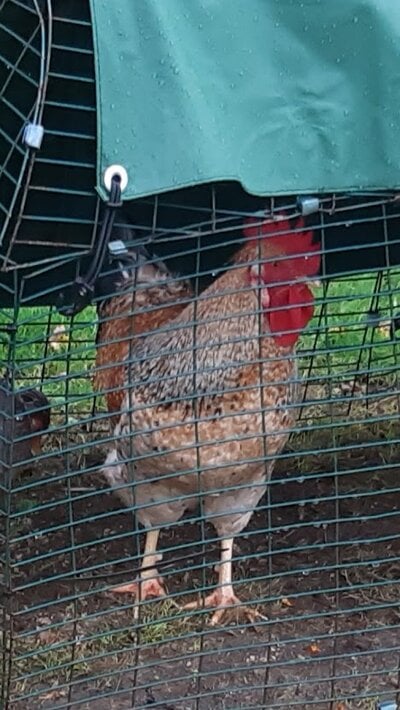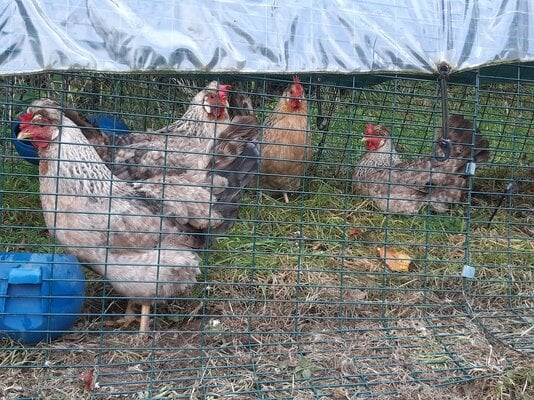I have cream legbar hens and lost my cockerel to a polecat last year. I have his son (result of a cross with a buff sussex) and was thinking of putting him with the other unrelated hens.
Does anyone know if their potential offspring would be autosexing or not? I am hoping so if they are 3/4ths cream legbar but don't know enough about what factors would affect it.
Does anyone know if their potential offspring would be autosexing or not? I am hoping so if they are 3/4ths cream legbar but don't know enough about what factors would affect it.



